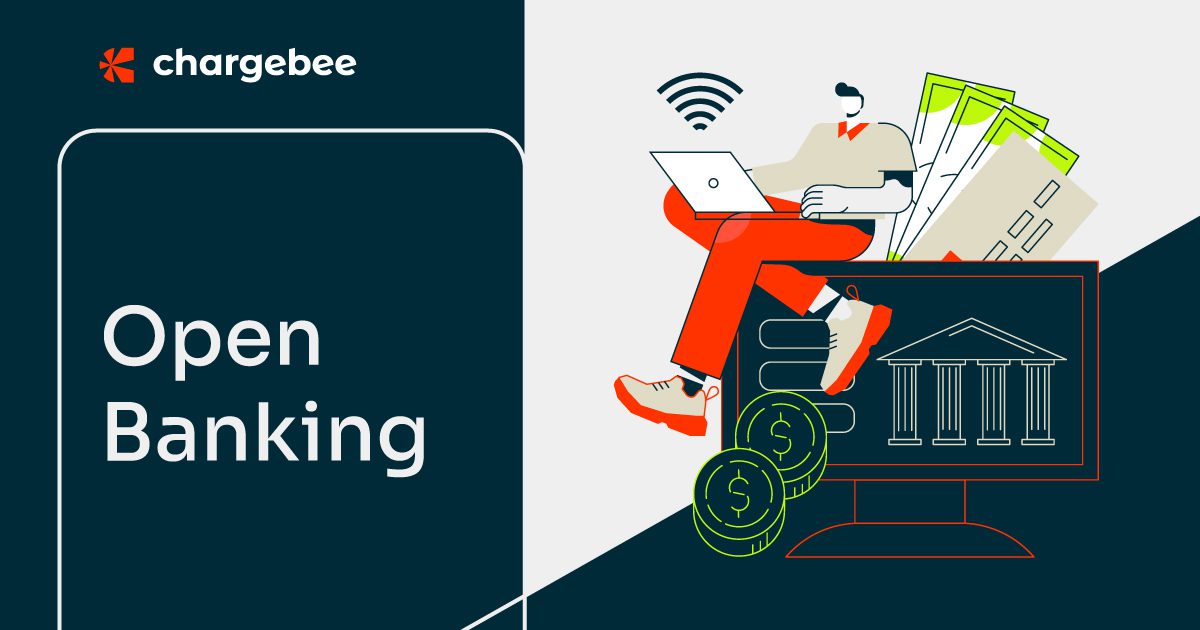The financial services sector is constantly evolving. Consider personal banking, for instance. We’ve shifted from visiting bank branches for every transaction to ATMs to confirming payments in seconds through the bank’s smartphone app.
This transformation is more evident in the United Kingdom (UK) and European Union (EU) than in other regions. A recent report shows that the 10 countries with the highest online banking penetration were all UK/EU countries. The UK ranks #1 with a 98.41% penetration rate, followed by Norway (95.77%) and Iceland (95.43%).
So it’s clear that digital transactions have become table stakes, setting a new standard for convenience and efficiency. With such high expectations from consumers, there’s a need for even more innovative solutions to meet their needs and get things done faster.
But in a world that’s more interconnected than ever, it’s virtually impossible that the financial data needed to make this magic happen lies within the confines of a single bank.
That’s where Open Banking comes into the picture.
Table of Contents
What is Open Banking?
At its core, Open Banking is a framework for sharing financial data securely. It ensures standardized communication of data between financial institutions and third-party providers, all with the required consent.
But Open Banking extends beyond a mere framework. It drives a fundamental shift in how financial data is shared across different stakeholders in the ecosystem.
Open Banking: Leveling the playing field
The key driver behind Open Banking was the realization that most valuable financial data resided within the banking institutions, making it inaccessible to other players in the system. The seminal 2016 report by the UK’s Competition and Markets Authority outlined this disparity:
“… older and larger banks do not have to compete hard enough for customers’ business, and smaller and newer banks find it difficult to grow. This means that many people are paying more than they should and are not benefiting from new services.”
The objective of Open Banking is clear: to level the playing field, reward innovation, and promote consumer welfare. This approach to financial inclusion is the main reason for its tremendous adoption worldwide. According to the Allied Market Research report, the global Open Banking market was valued at $13.9 billion in 2020 and is projected to reach $123.7 billion by 2031, growing at a Compounded Annual Growth Rate (CAGR) of 22.3% from 2022 to 2031.
This democratization of data opens the door to many everyday applications, such as online shopping and bill payments, personal budgeting, securing loans, managing invoicing, and accounting processes.
Embracing Open Banking: Real-world applications
Whether we realize it or not, we already benefit from products and services powered by Open Banking models.
- Peer-to-peer payments: India’s Unified Payments Interface (UPI) is an excellent example of the Open Banking model, enabling third-party-initiated payments via a centralized API framework. UPI transactions are growing rapidly, thanks to its convenience, capturing almost 80% of all digital payments in India by 2023. Similarly, BenefitPay, a Bahraini peer-to-peer payments app that uses Open Banking, experienced a 73% CAGR over the past three years.
- Account aggregation: Platforms like Plaid consolidate customers’ financial data from multiple sources, facilitating seamless account management and financial analysis.
- Instant payments: Innovations such as GoCardless’s Insta Bank Pay offer instant payment confirmation for bank-to-bank transactions (as opposed to the 2-3 days it takes to confirm traditional bank payments) through Open Banking rails.
- Consumer lending: Credit bureaus leverage Open Banking to gather accurate financial information, improving their ability to evaluate individuals’ creditworthiness.
- Personal finance: Open Banking improves personal finance by enabling users to connect their bank accounts for efficient expense tracking, real-time insights, bill payments, and more.
Securing Open Banking
While sharing financial data with third-party providers may raise some fears, Open Banking prioritizes robust security measures to safeguard your customers’ sensitive information.
Stringent protocols, such as those mandated by PSD2—which requires Strong Customer Authentication (SCA)— ensure that data sharing occurs only with explicit consent from your customers and adheres to bank-level security standards.
Instant payments via Open Banking: A game changer for your subscription business
Among the diverse use cases that Open Banking unlocks, subscription businesses can reap substantial benefits in the payment collection workflows. Innovations like instant bank transfers can accelerate payments like never before. It could improve conversion rates and streamline financial operations without your manual intervention.
Explore how you can collect instant bank payments from customers through GoCardless and Chargebee.
Chargebee is the leading subscription billing and revenue growth management platform used by 6500+ subscription businesses. Our mission is to help companies of all sizes grow their revenue by providing a comprehensive suite of solutions, including subscription management and recurring billing, pricing and payment optimization, revenue recognition, collections, and customer retention.
Chargebee integrates with 30+ payment gateways, helping you collect payments in 20+ payment methods and streamline your payments from wherever you operate.

